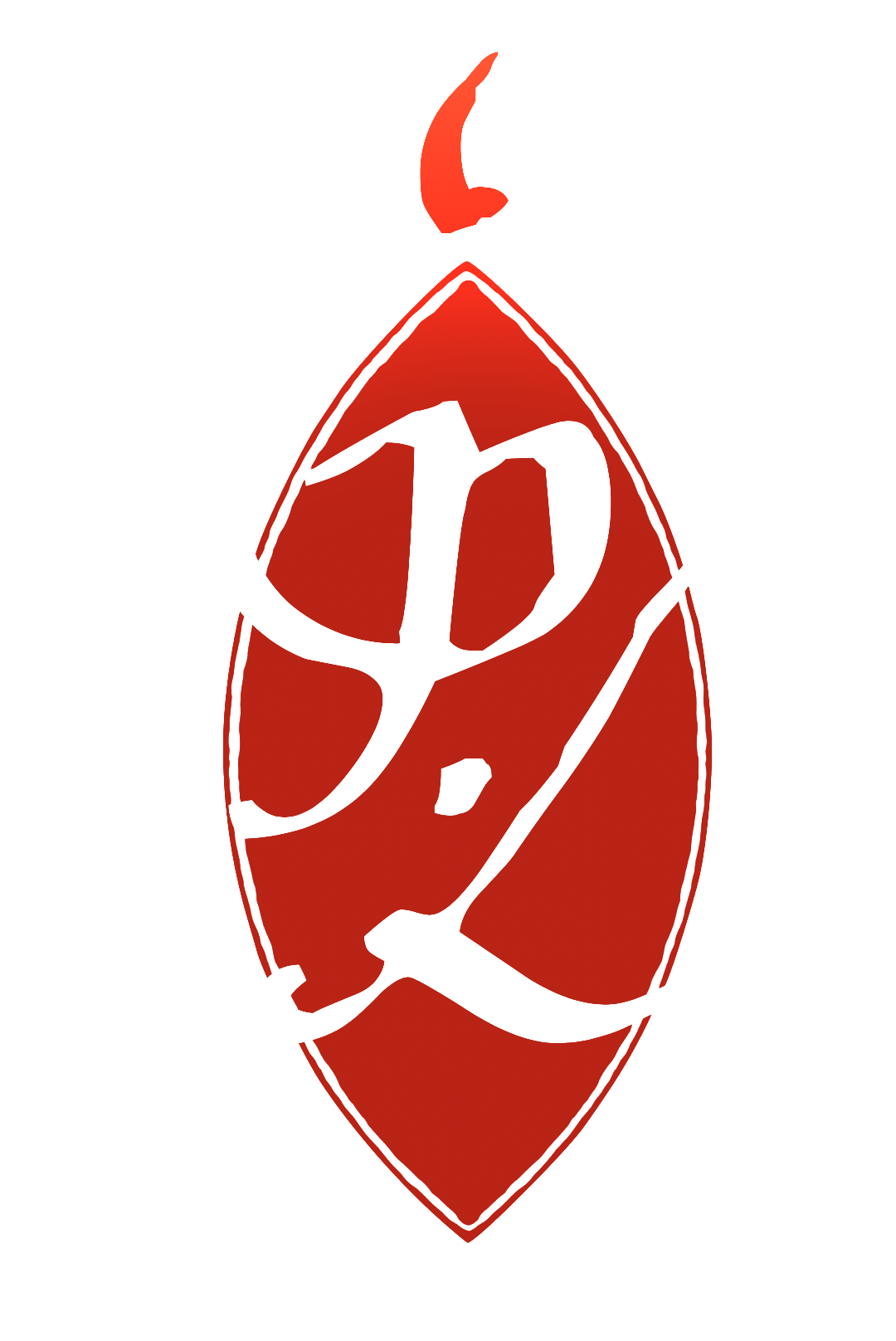‘Black Abbot · White Magic’ by Frater Acher
Review: Frater Acher, Black Abbot • White Magic: Johannes Trithemius & The Angelic Mind. London: Scarlet Imprint, 2020. ISBN 978-1-912316-35-9
As a 20-year-old recent graduate of the liberal arts from Heidelberg, Hans Heidenberger of Trittenheim (Johannes Trithemius) and a friend took shelter from a snowstorm at the Benedictine Abbey of Sponheim, which, if not decrepit or in ruins, was certainly impoverished and understaffed. A few decades before, its community had diminished to the point of having only two abbots and one other monk. Even then in 1482, the monastery must have been most eager for talent, as he took final monastic vows within ten months, and eight months after that was elected abbot.
The new abbot had all the obsessions and interests that characterize our particular subculture. The first thing he did was go on a book copying spree, bulking the library up from fifty books to two thousand, most of which had to be in manuscript: printing is fine for some things, but don’t we all want the talismanic, artisanal editions with the custom leather binding? In addition to the bibliophilia edging into bibliomania, his other interests included cryptography, talking to angels, rummaging through grimoires, reforming the church and education, and social climbing. Like many of the Humanists and magi before and after him, he “desired to know all that could be known.”
Posthumously, Trithemius, together with his student Cornelius Agrippa, acquired a literally Faustian reputation. During his life, there were, shall we say, a number of reversals.
He had to do some fast talking after he showed his Steganography, book of ciphers disguised as a book of magic, to alchemist and mathematicus Charles de Bouelles. The prudent things to do in the 15th century when such a thing occurs are to 1) write a polemic and guide against witchcraft, in which you use your vast reference library as a source for the rituals of black magic, as well as the appropriate countermeasures, so your library has an approved use, and you have the approval of the Church to keep studying illicit material, which Trithemius did in his book Antipalus Malificorum (not dealt with in the present book) and 2) find and write your magical works, now of the whitest, holiest and most licit magic, under the pseudonym of a saint or fictitious author.
Black Abbot, White Magic contains new translations of several works purported to have been transmitted to Trithemius from the hermit Pelagius through a messenger, Libanius Gallus. The particulars of Pelagius’s life seem to line up suspiciously well with those of Trithemius himself, though mixed with the biography of 13th/14th century Majorcan mystic Ramon Llull.
•
Whatever the case, Acher selected these writings as examplars of Trithemius’s search for a divine magic, which Acher identifies as a set of methods leading to the self-improvement of the practitioner into an angelic or Godly state through communion with their Holy Guardian Angel. (See also Holy Daimon, Acher’s first book in this trilogy, for his own methods for communion with the angel and intelligence of Saturn.)
The Pelagian/Trithemian methods described here are more tranquil, beginning with leading a simple, private, Christian life appropriate to a holy hermit or the abbot of a large monastery. Some of the required materia for the Tablet of Truth raise questions about the spiritual economy of 15th century Germany—blessed Paschal wax and herbs for incense or exorcistic powder might be readily obtainable, but how difficult would it be to find a fragment of the True Cross or Agnus Dei, or to engage a sympathetic priest willing to perform a custom mass for you with your Tablet hidden under the altar stone? (Unless, like Trithemius, you have an abbey at your disposal.)
Acher provides well-written, knowledgeable commentary and supplementary tables. His hybrid approach as part academic and part practitioner manages to avoid the excesses of both. The result is very readable, clear and smart. While I understand the rationale behind his selections, I found myself wanting to access Trithemius’s longer works, few of which have been brought over into English.[1]
Klaus Arnold’s compact biographical essay provides an excellent and useful introduction. It might have been better to place it at the beginning of the book to provide more context around the texts in translation.
Like all of Scarlet Imprint’s publications, the hardback edition of Black Abbot is deliciously luxurious and elegantly designed, encased in a soft, velvety leatherette and typeset on paper so heavy that it is nearly cardstock, in crisp fonts that appear to be printed by letterpress, even though they are not. Jose Gabriel Alegria Sabogal contributes illustrations of the key figures in the manuscripts’ tradition that fit well with the longstanding tradition of evocative engravings in occult texts.
While Black Abbot, White Magic may not appeal to some readers because it is explicitly white (in the sense of beneficent), explicitly Christian magic, I found it to be an important and useful book precisely for these reasons. It also draws welcome attention to Trithemius, who was once considered to be one of the foremost German humanists of his time, but who later fell out of style. Perhaps it’s time for a revival.
[1] Disclosure: I have just started working on an English translation of Steganographia.








